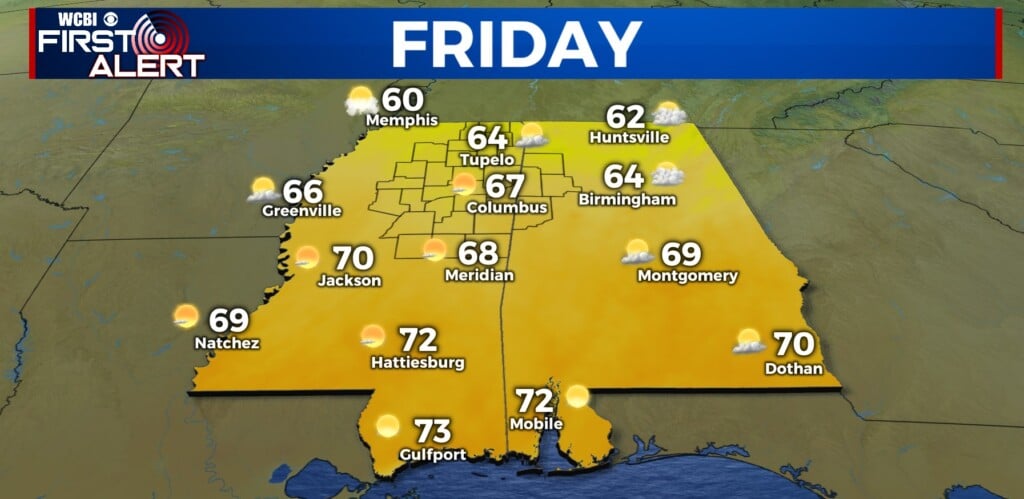International Test Scores Show Disparity
By Kimberly Hefling/The Associated Press
WASHINGTON | So how do U.S. eighth-graders do in math and science when compared to their peers around the globe? Turns out it matters which state they live in, according to a study released Thursday.
Massachusetts was the top performing state, but it still lagged behind some Asian countries in terms of its students’ overall score on exams and the number of high achievers.
Mississippi, Alabama and District of Columbia students scored below the international average on both exams, meaning their scores were on par with Kazakhstan and Dubai, United Arab Emirates.
West Virginia, Oklahoma and Tennessee students scored below the international average in math.
Jack Buckley, commissioner of the Education Department’s National Center for Education Statistics, which released the study, called the results a “good-news, bad-news scenario” that probably will bolster both those who say the U.S. is doing fine in global competitiveness as well as those on the other side.
Overall, a majority of states performed above the international average in both subjects.
“Our states really are scattered across the performance levels,” Buckley said in a conference call with reporters.
Education Secretary Arne Duncan said in a statement that the study provides “powerful confirmation that demography need not be destiny when it comes to school performance — state policies matter too.”
The study compared every state, the District of Columbia and Defense Department schools against 38 countries and nine additional subnational education systems. Some countries, including China, India, France and Germany, did not participate.
Researchers took eighth-grade test results in math and science from the 2011 National Assessment of Educational Progress (NAEP) to predict performance on the international comparative study test known as the Trends in International Mathematics and Science Study (TIMSS). Nine states participated directly in TIMSS.
NAEP includes the scores of students tested with accommodations, such as extra testing time for a student with a disability; TIMSS does not.
South Korea, Singapore, Taiwan, Hong Kong and Japan were the top scorers in math followed by Massachusetts, Vermont, Minnesota, New Jersey and New Hampshire.
In science, Massachusetts was behind the top scorer, Singapore. Taiwan was next, followed by Vermont. The top 10 also included South Korea and Japan — and New Hampshire, North Dakota, Maine and Minnesota.
Mark Schneider, vice president at the American Institutes for Research and a former commissioner for the National Center for Education Statistics, said one of the most disturbing results from the study is the low number of “advanced” achievers in the United States compared with other countries.
On the other end, Alabama had a lower percent of “advanced” achievers in math than did Romania and Turkey — two countries it scored higher than overall.
The scores were ranked on a scale of 1,000. In math, the average state scores ranged from 561 for Massachusetts to 466 for Alabama.
In science, the average state scores ranged from 567 for Massachusetts to 453 for the District of Columbia.





Leave a Reply